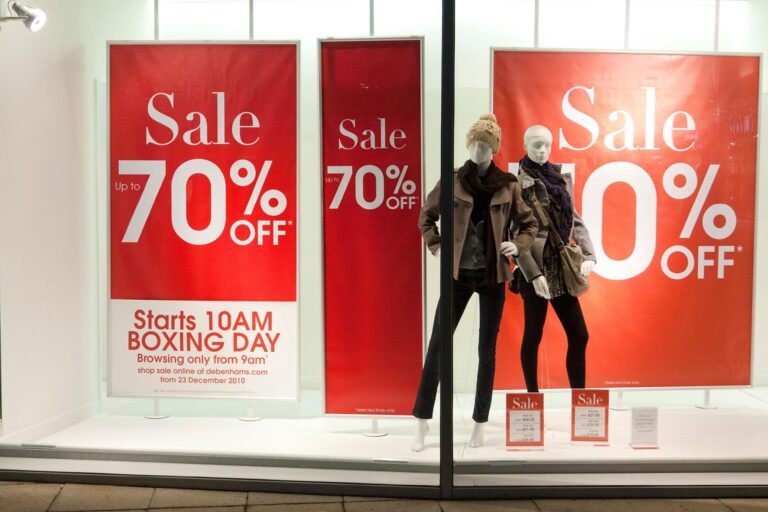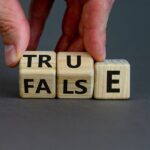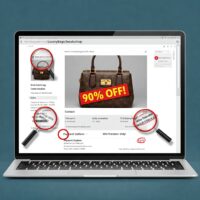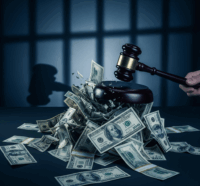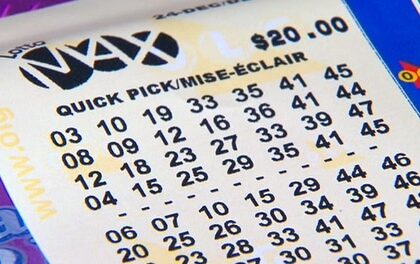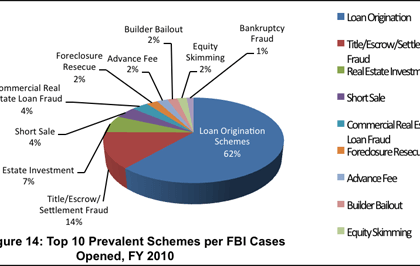Deceptive pricing is a cunning tactic employed by some businesses to lure you into spending more than you intended. This article will shed light on these misleading practices and equip you to become a savvier shopper.
Have you ever seen a shirt marked “50% off! Original price: $100,” only to find similar shirts elsewhere for $40? That, my friend, is deceptive pricing – a sly tactic employed by some businesses to trick you into thinking you’re getting a steal.
What is Deceptive Pricing?
Deceptive pricing involves tactics that create the illusion of a bargain, pressuring you to buy. Here are some red flags to watch out for:
- Bait-and-Switch: This is perhaps the most insidious tactic. Businesses advertise an amazing deal on a product to get you in the door. However, once you arrive, the advertised item is miraculously “out of stock” or dismissed as undesirable. The aim is to switch you to a more expensive and often less appealing alternative.
- Fictitious Reference Pricing: This practice involves comparing a current selling price to a higher, fabricated “regular” or “manufacturer’s suggested price.” This inflated reference point creates a false sense of savings.
- Drip Pricing: Essential fees or unavoidable surcharges are concealed until the final stages of the checkout process. By the time you see these added costs, you’re likely too invested to back out.
- False “Limited-Time” Offers: Creating artificial urgency is a powerful tool. “Last chance” or “Today only!” sales tempt you to make a snap decision before the supposed discount vanishes. Often, those advertised time constraints are bogus.
- Comparative Pricing Confusion: Some businesses might selectively compare prices to a competitor’s higher price for the same item, making their price look better, when in reality other stores have lower prices.
Deceptive Pricing Examples
Ph fantasmas of Former Prices:
- Inflated “Originals”: A common trick is to inflate the “original” price of an item that was never actually sold at that price. This creates a false sense of savings.
- Short-Lived “Regular” Prices: An item might be marked “regular price: $75” but only be sold at that price for a day or two before being “discounted.”
Look for the Long Con:
- Limited-Time Sales…Forever: Is everything “on sale” all the time? Be wary of stores that constantly advertise discounts. The “original” price might be meaningless.
- Percentage Games: A 70% off sale sounds impressive, but on a low-quality item with an inflated price tag, you might still be overpaying.
Why Does Deceptive Pricing Matter?
Beyond the financial impact on consumers, deceptive pricing has wider implications:
- Unfair Competition: Businesses that rely on honest pricing strategies are put at a disadvantage when competitors play dirty.
- Market Distortions: Deceptive pricing can artificially inflate the perceived value of goods, leading to a less efficient market.
- Consumer Exploitation: Particularly vulnerable groups like the elderly or less tech-savvy shoppers can more easily fall victim to these practices.
Become a Deceptive Pricing Detective:
- The Skeptic’s Mindset: Approach every deal with a healthy dose of skepticism. Ask yourself, “Is this price realistic, or could it be inflated for a deceptive ‘discount’?” Remember, if it seems too good to be true, it probably is.
- Know Your Prices: Familiarize yourself with general market prices for items you frequently buy. This way, you’ll have a baseline to spot unusually high “original” prices designed to make a “sale” look better.
- Become a Label Sleuth: Scrutinize product labels and advertisements. Look out for these red flags:
- “Compare At” prices that seem way too high.
- Tiny asterisks (*) that often lead to disclaimers and hidden fees.
- Vague wording like “Up to XX% off” – the best deals might only apply to a few unpopular items.
- Tech is Your Ally: Utilize these resources:
- Price Comparison Websites: Plug in an item and quickly see prices offered at multiple retailers.
- Price History Trackers: Browser extensions like CamelCamelCamel (for Amazon) show how a product’s price has changed over time, revealing fake sales patterns.
- Coupon and Deal Finders: Extensions like Honey can help you find legit discounts and compare final prices.
- Question, Question, Question: Don’t be shy! Ask these questions before buying:
- Does the final price include all mandatory fees, taxes, and surcharges?
- Can you explain what the “regular” or “MSRP” price represents?
- Is there a price-match guarantee if I find the item cheaper elsewhere?
Fight Back Against Deceptive Pricing:
Here’s a breakdown of where and how to report suspected deceptive pricing practices:
In the United States
- Federal Trade Commission (FTC): The FTC enforces federal consumer protection laws. File a complaint on their website or call their hotline:
- Website: [invalid URL removed]
- Hotline: 1-877-FTC-HELP (1-877-382-4357)
- State Attorney General: Each state has a consumer protection office. Find your State Attorney General’s website to file a complaint. A list of all State Attorney Generals can be found here: https://www.naag.org/find-my-ag/
- Better Business Bureau (BBB): The BBB collects information about businesses, including complaints. You can file a complaint on their website: https://www.bbb.org/
Canada
- Competition Bureau: This federal agency handles complaints on misleading advertising and deceptive marketing practices. Use their online form: Competition Bureau
- Provincial/Territorial Consumer Affairs Offices: Find your local office to file a complaint about deceptive pricing practices: Consumer Affairs Offices
- Better Business Bureau (BBB): Similarly to the US, the Canadian BBB collects consumer complaints: https://www.bbb.org/
Other Countries
Most countries have consumer protection agencies or similar offices. Do a quick search for “[Your Country] consumer protection agency” to find the appropriate organization for reporting deceptive pricing.
Key Points When Reporting
- Gather Evidence: Screenshots, receipts, advertisements, etc., will support your claim.
- Be Specific: Detail the business name, location, product information, date of the incident, and as much information about the deceptive practices as possible.
- Keep a Record: Document your complaint filing, reference numbers, and any follow-up communication.
Remember: Reporting deceptive pricing helps protect not only yourself, but other consumers as well! Your action can make a difference.
By becoming a savvy shopper, you can avoid falling prey to deceptive pricing and ensure you get the best value for your hard-earned money. Remember, a smart consumer is a protected consumer!

